Rome wears its age with unparalleled grace, a city where each crack, stain, and weather-worn surface tells stories spanning millennia. While postcard views showcase monuments in pristine isolation, true appreciation comes from examining the textural details that time has bestowed upon the Eternal City.
Layers of history reveal themselves through faded frescoes, worn marble steps, and ancient stone scarred by centuries of human touch and natural elements. Here is a list of 15 textured places in Rome where travelers who appreciate weathered beauty can experience the authentic patina that only time can create.
Appian Way Cobblestones
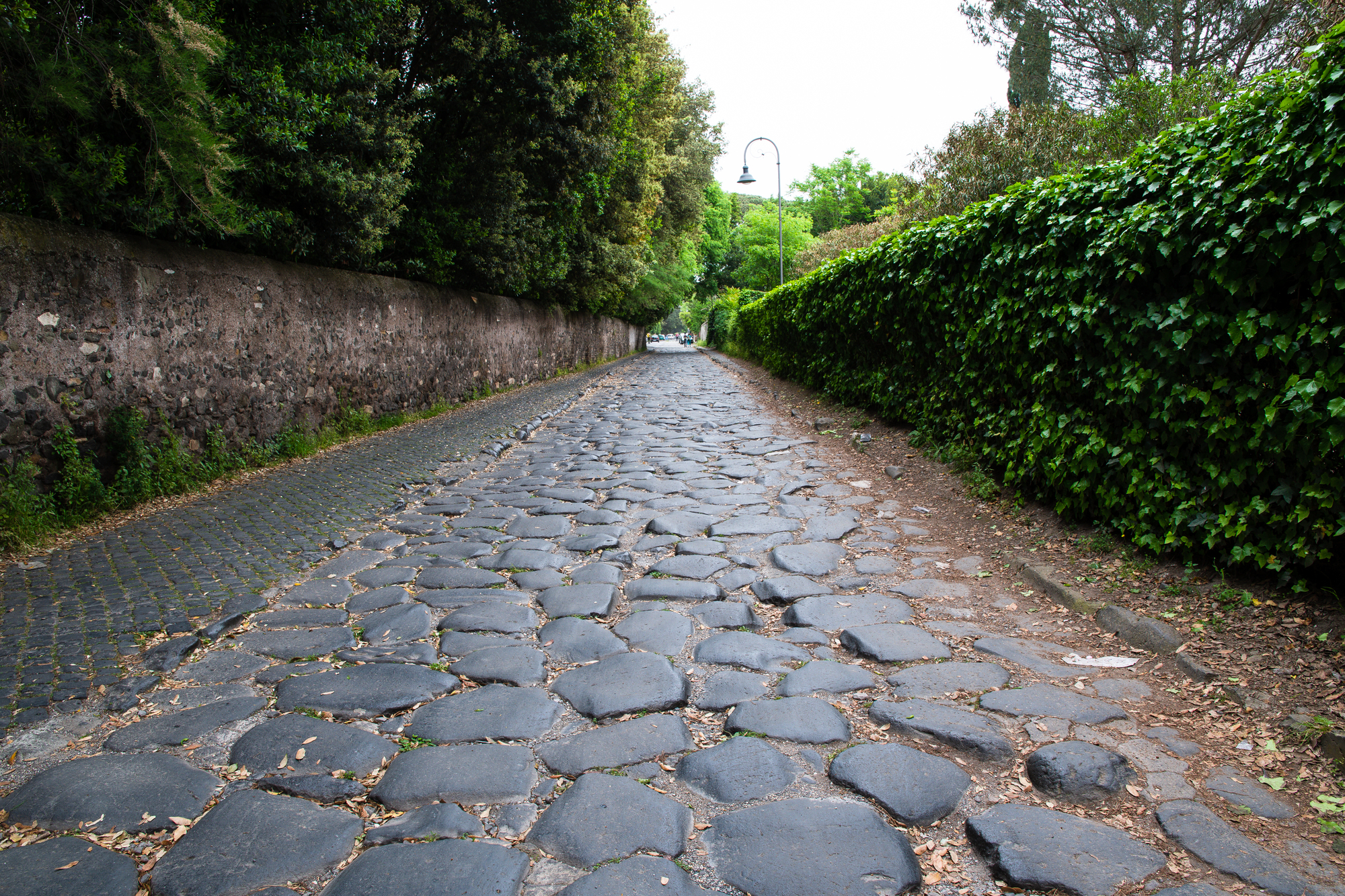
The ancient Roman highway features original basalt paving stones that have supported travelers for over two thousand years. Each polished hexagonal block bears unique wear patterns from countless wheels, hooves, and footsteps that have traversed this crucial artery since 312 BCE.
The stones remain slightly uneven, with gaps where wild grasses grow between them, creating a tactile connection to the countless journeys made along this historic route that once connected Rome to southern Italy.
Pantheon Bronze Doors
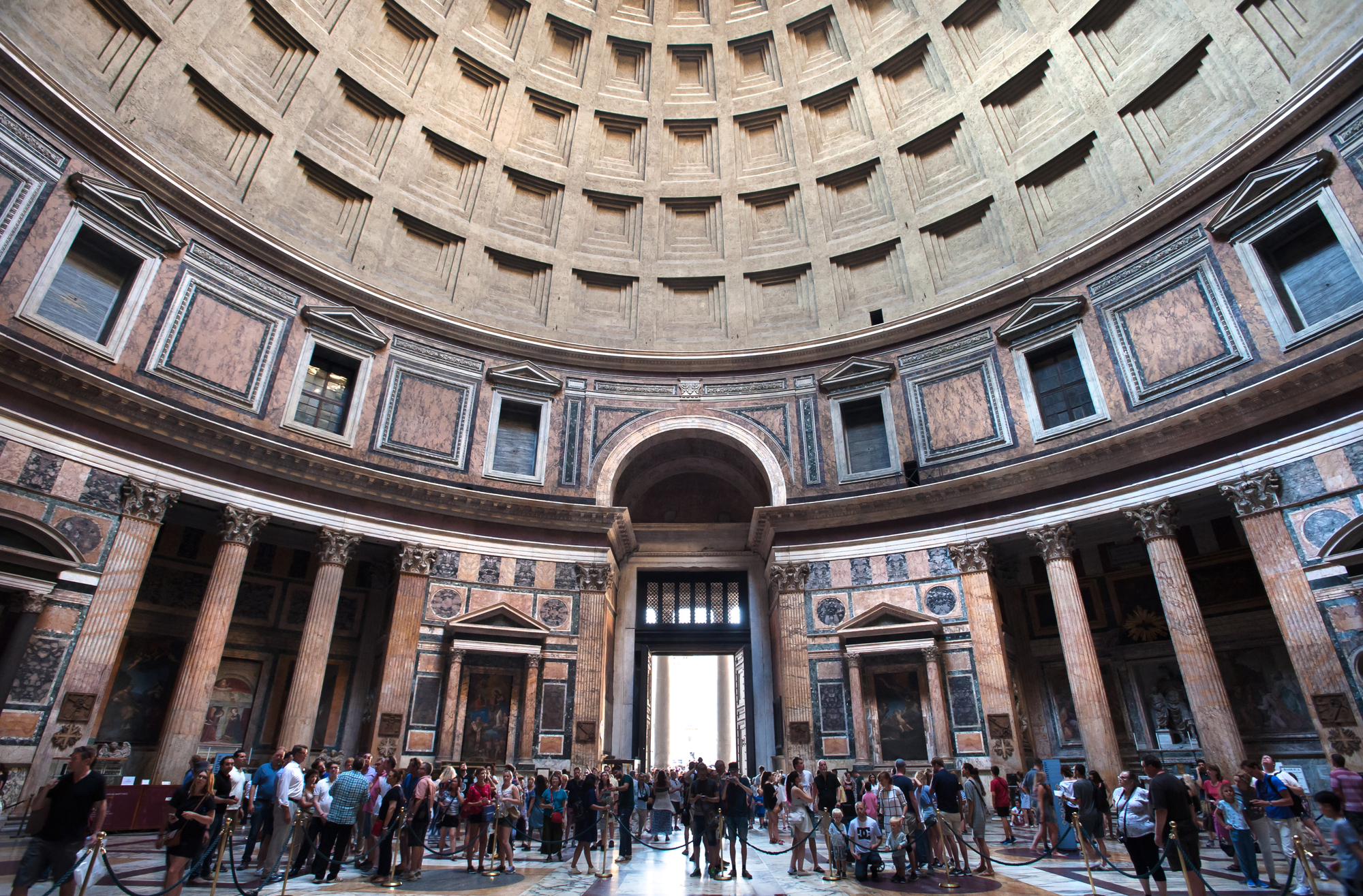
The massive original bronze doors guarding the Pantheon entrance display a rich verdigris patina across their twenty-foot height. These doors survived because medieval Romans believed touching them brought good fortune, creating smooth, golden areas where countless hands have polished away the oxidation over centuries.
The contrast between untouched green-blue corrosion and burnished metal creates a visual record of human interaction with this architectural marvel that has stood continually since 126 CE.
Trastevere Ochre Facades
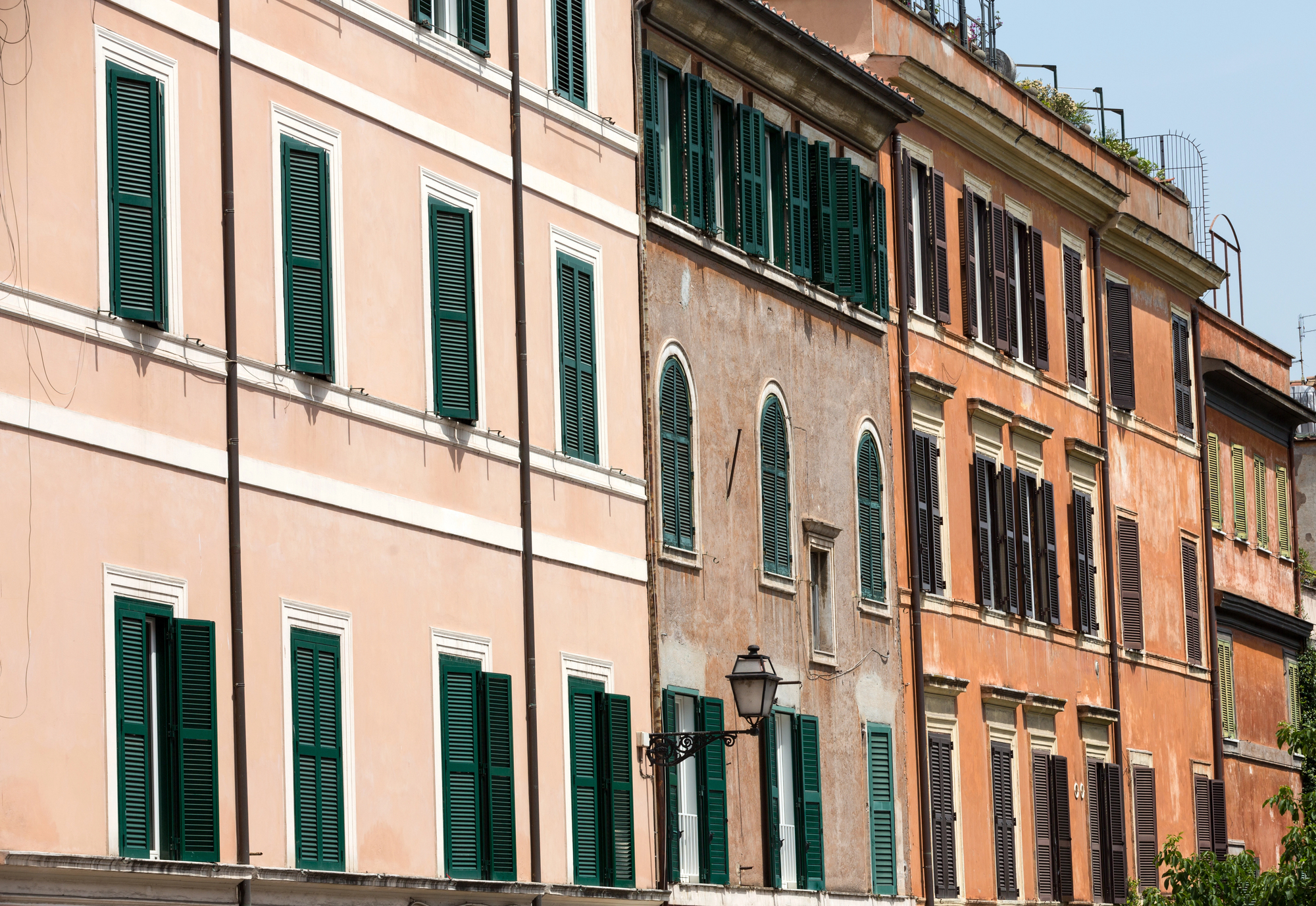
The warren of narrow streets in Trastevere features buildings washed in deep ochre tones that have faded unevenly through exposure to sun, rain, and time. Patches of stucco reveal multiple layers of pigment applied across centuries, creating complex palimpsests of color on building exteriors.
The late afternoon sun strikes these textured walls with dramatic side-lighting that accentuates every crack, repair, and weathering pattern across the neighborhood’s characterful facades.
Like Travel Pug’s content? Follow us on MSN.
Baths of Caracalla Brick Arches

The monumental remains of Imperial Rome’s second-largest bath complex showcase exquisite brickwork that has survived seventeen centuries of exposure. The terracotta bricks display varied effects of aging, with some retaining sharp edges while others have softened into rounded forms through weather erosion.
Traces of original marble facing cling to certain sections, revealing how these now-bare structures once gleamed with polished stone and colorful decorations that adorned the utilitarian brick skeleton.
Via Giulia Worn Thresholds
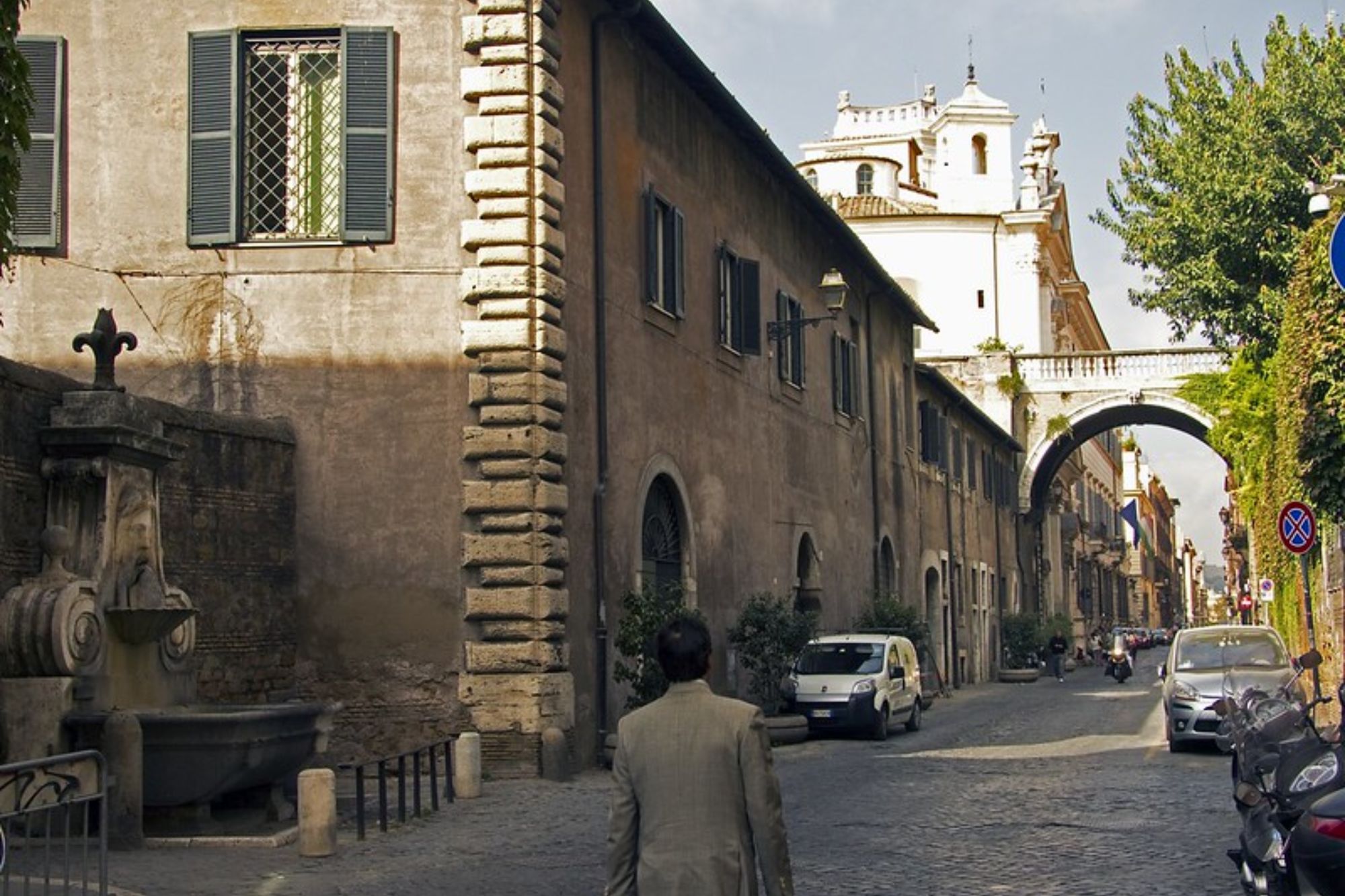
This elegant Renaissance street features palazzo entrances with marble thresholds worn into smooth depressions from centuries of daily use. Each doorway tells its own story through these concave impressions, some deeper on one side, indicating preferential entry patterns across generations.
The polished stone contrasts with rougher textures of adjacent materials, demonstrating how human traffic patterns physically reshape architecture over time through the cumulative effect of millions of footsteps.
Protestant Cemetery Weathered Angels

The peaceful cemetery near the Pyramid of Cestius holds elaborately carved monuments that have developed distinctive aging patterns in Rome’s variable climate. Marble angels display eroded features with expressions softened by two centuries of rainfall, while bronze elements have developed rich patinas ranging from chocolate brown to bright turquoise.
The surrounding cypress trees drop needles that stain the stone with organic patterns, adding another layer of natural texture to these memorials of foreign visitors who never returned home.
Like Travel Pug’s content? Follow us on MSN.
Portico of Octavia Water Marks
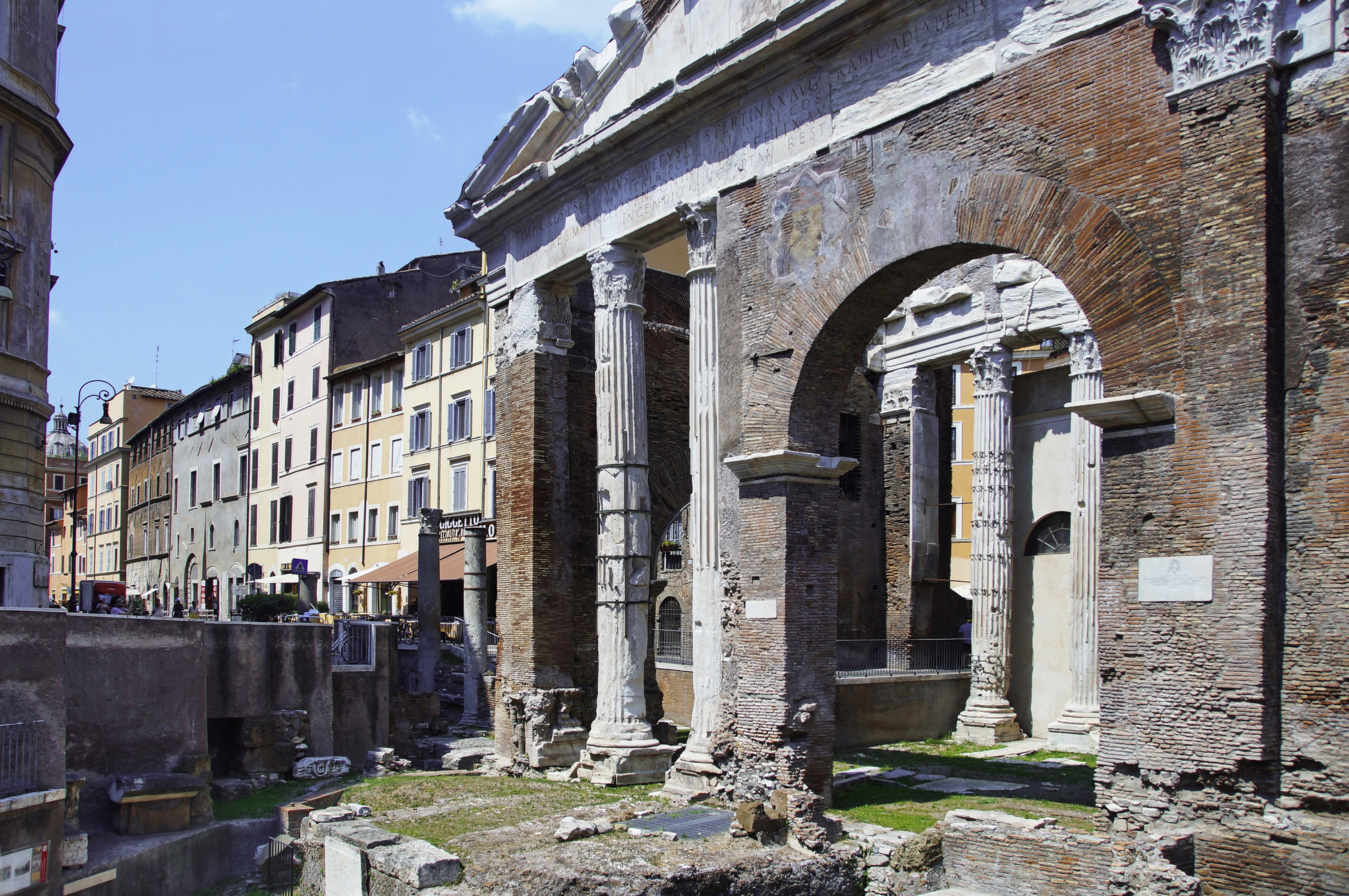
The ancient market structure bears distinctive horizontal lines marking flood levels from when the Tiber repeatedly overflowed its banks throughout history. These watermarks stain the marble in different shades of amber and gray, creating an unintentional timeline of environmental events across two millennia.
The lower portions of columns show erosion patterns from groundwater minerals that have slowly transformed the stone surface through capillary action, drawing dissolved minerals upward.
Jewish Ghetto Doorways
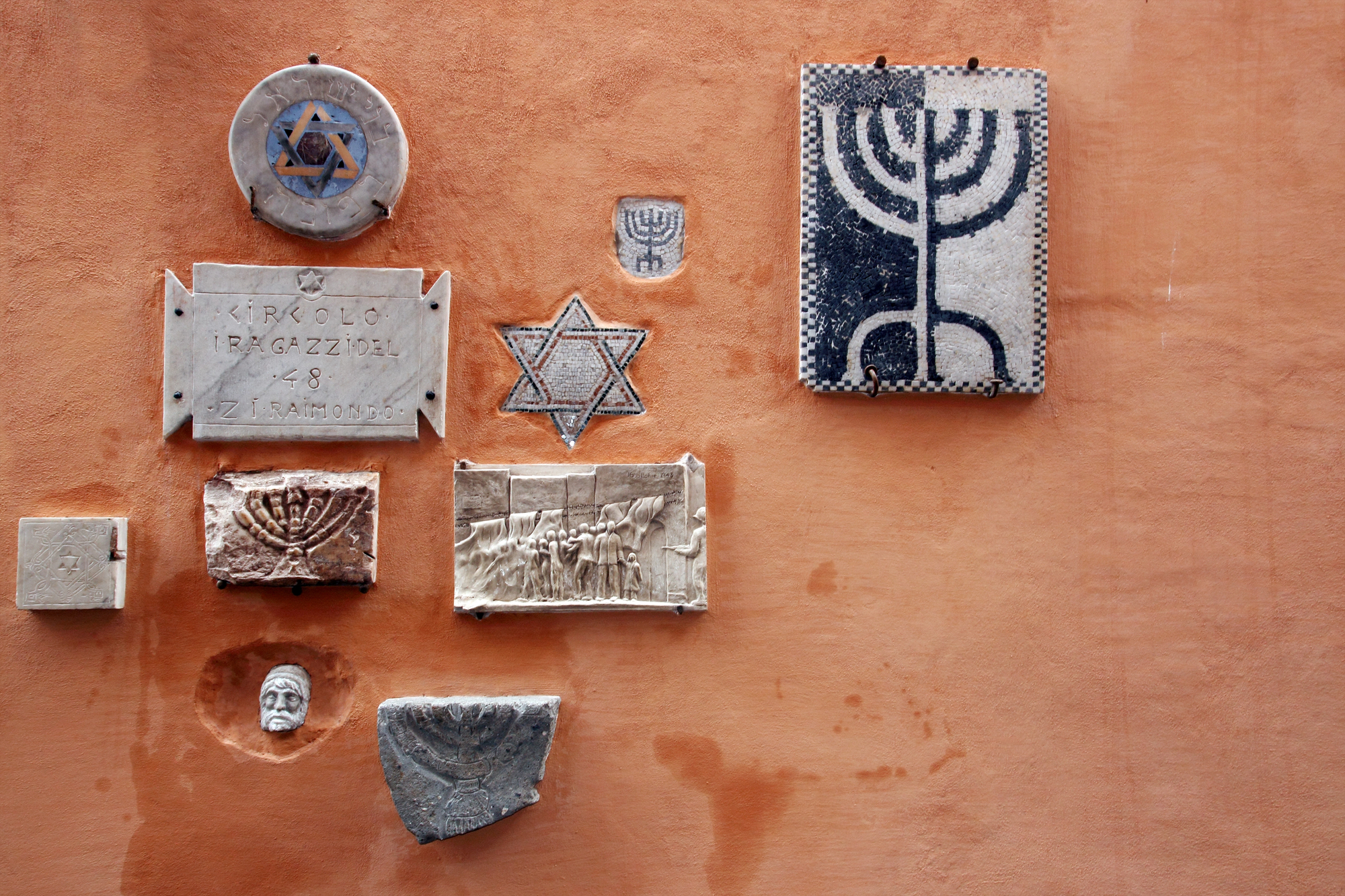
The historic Jewish quarter contains doorframes worn smooth where mezuzahs were touched by faithful residents entering and leaving their homes across centuries. These subtle depressions in stone or wood frames create tactile evidence of religious devotion and community continuity despite persecution.
The neighborhood also features varied building textures resulting from frequent renovations after flooding, creating a vertical timeline of construction methods visible in exposed wall sections.
Tiber Embankment Travertine

The massive stone embankment walls constructed in the late 19th century showcase distinctive travertine that has developed complex surface textures from continuous exposure to river water. Water levels have created horizontal banding effects across the stone, with areas frequently submerged developing darker patinas and supporting colonies of moss in shadowed sections.
The golden-gray stone bears marks of both industrial cutting techniques and subsequent centuries of environmental exposure that has softened its manufactured origins.
Like Travel Pug’s content? Follow us on MSN.
Forum Column Bases
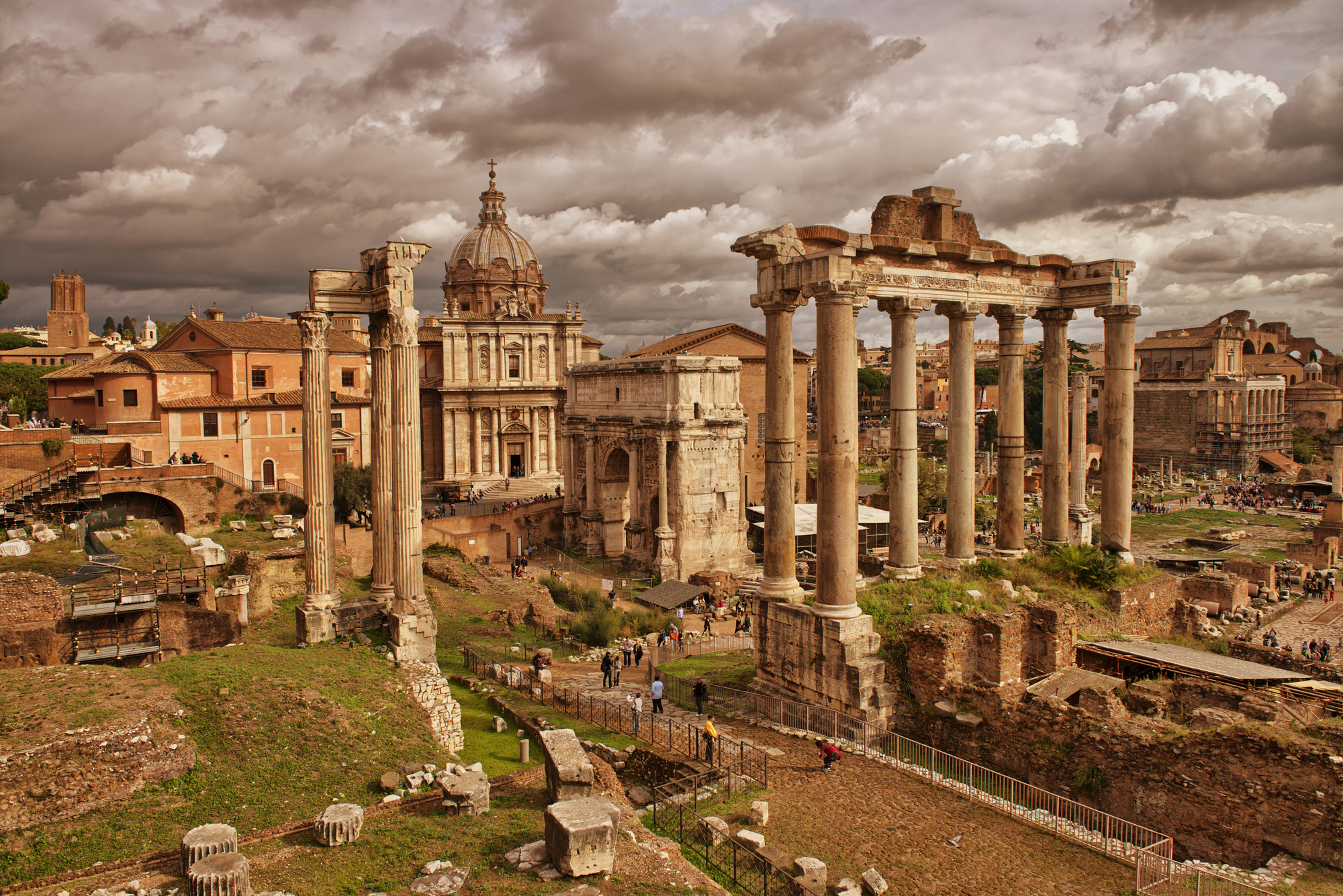
The surviving column bases throughout the Roman Forum exhibit fascinating wear patterns based on their original material and subsequent exposure conditions. Imported marble varieties show different weathering characteristics than local stone, with some developing honeycomb erosion patterns while others form smooth, almost waxy surfaces where rainwater consistently flows.
These varied aging patterns provide visual evidence of the Forum’s international character, as stones from across the empire react differently to Rome’s specific environmental conditions.
Castel Sant’Angelo Ramparts
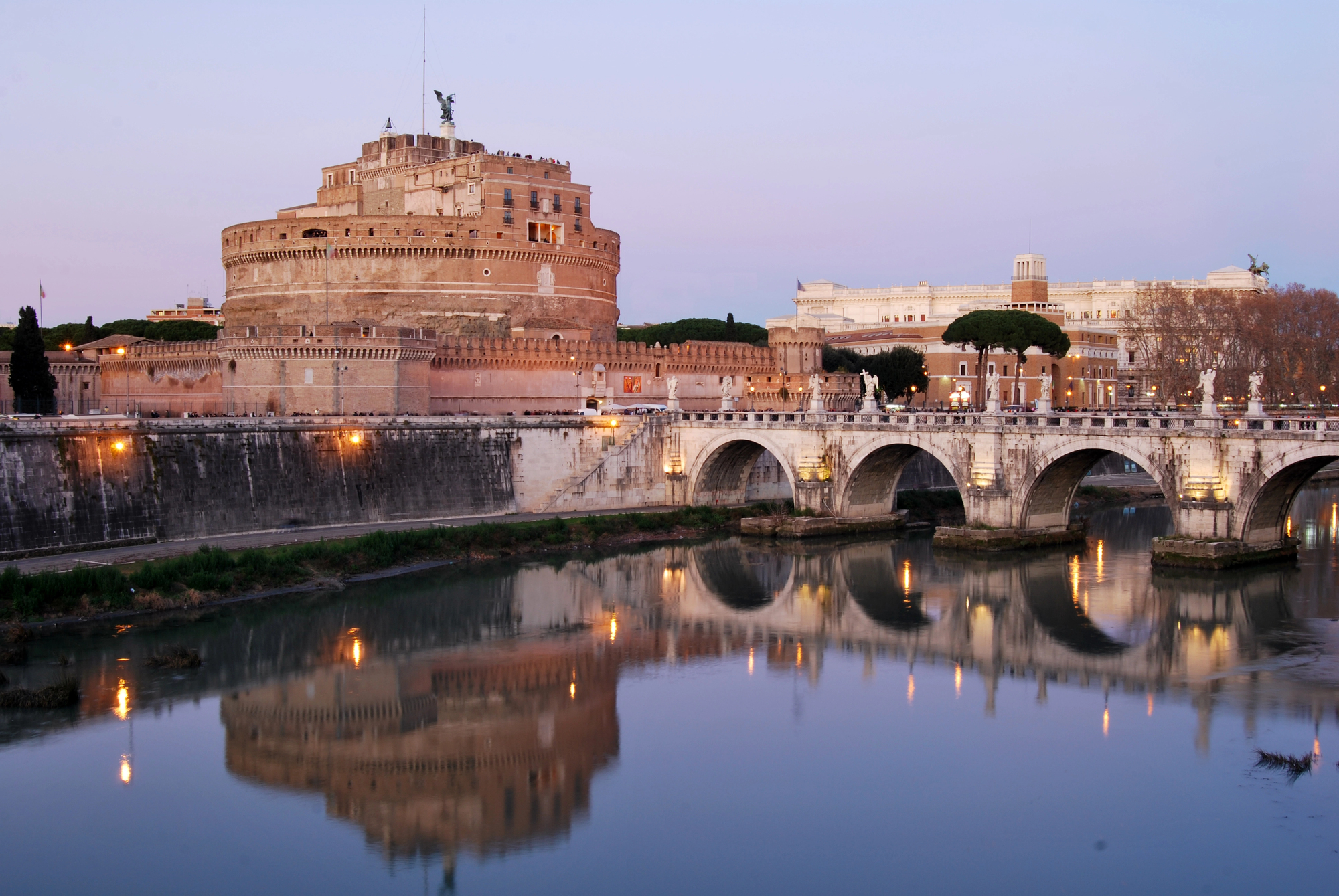
The fortress walls display distinctive erosion patterns from centuries of military adaptation and exposure to weather. Arrow slits show smooth, worn edges where defenders once positioned weapons, while exterior surfaces feature pockmarked textures from exposure to industrial pollution during the early 20th century.
The combination of medieval construction techniques, Renaissance modifications, and subsequent weathering creates complex surface textures that document Rome’s evolution from an ancient mausoleum to a papal fortress to a modern museum.
Santa Maria in Cosmedin Marble Floor
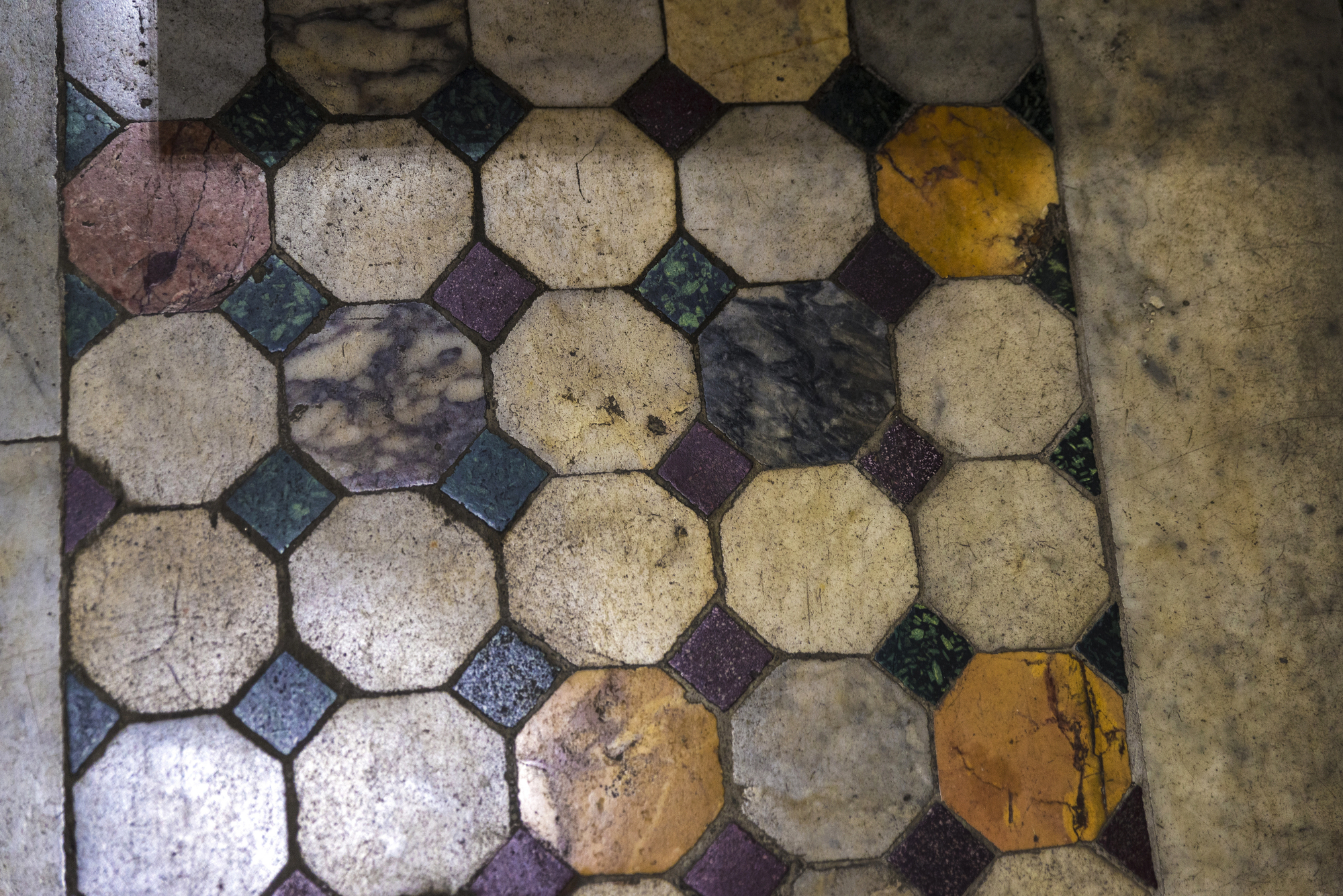
The medieval church floor features reused ancient marble fragments that have developed a silky smoothness from centuries of faithful footsteps. Each stone tells multiple stories—first as part of earlier Roman buildings, then repurposed in this 8th-century church, and finally transformed by endless processions and prayers.
The uneven surface creates subtle waves across the sanctuary, with depressions marking popular devotional paths and high points showing areas less traveled by worshippers.
Like Travel Pug’s content? Follow us on MSN.
Aventine Hill Garden Walls

The aristocratic villas on Aventine Hill feature garden walls constructed from reused ancient bricks, river stones, and architectural fragments collected from nearby ruins. These composite structures display remarkable textural variety, with smooth marble pieces nestled alongside rough tufa blocks and terracotta fragments, all bound by aged mortar that has developed its own weathering patterns.
Climbing plants have left ghost impressions where they once grew, creating additional surface patterns that mark seasonal cycles across centuries.
Largo Argentina Cat Sanctuary

The sunken archaeological site combines serious ancient ruins with the charming presence of Rome’s protected feral cat colony. The lower portions of Republican-era temples show distinctive watermarks and erosion patterns from centuries spent buried underground before 1920s excavations revealed them.
Cats have created their own wear patterns, with certain stone edges polished smooth from generations of felines using them as scratching posts or sunning spots, adding an unexpected layer of organic interaction to these ancient structures.
Ara Pacis External Wall
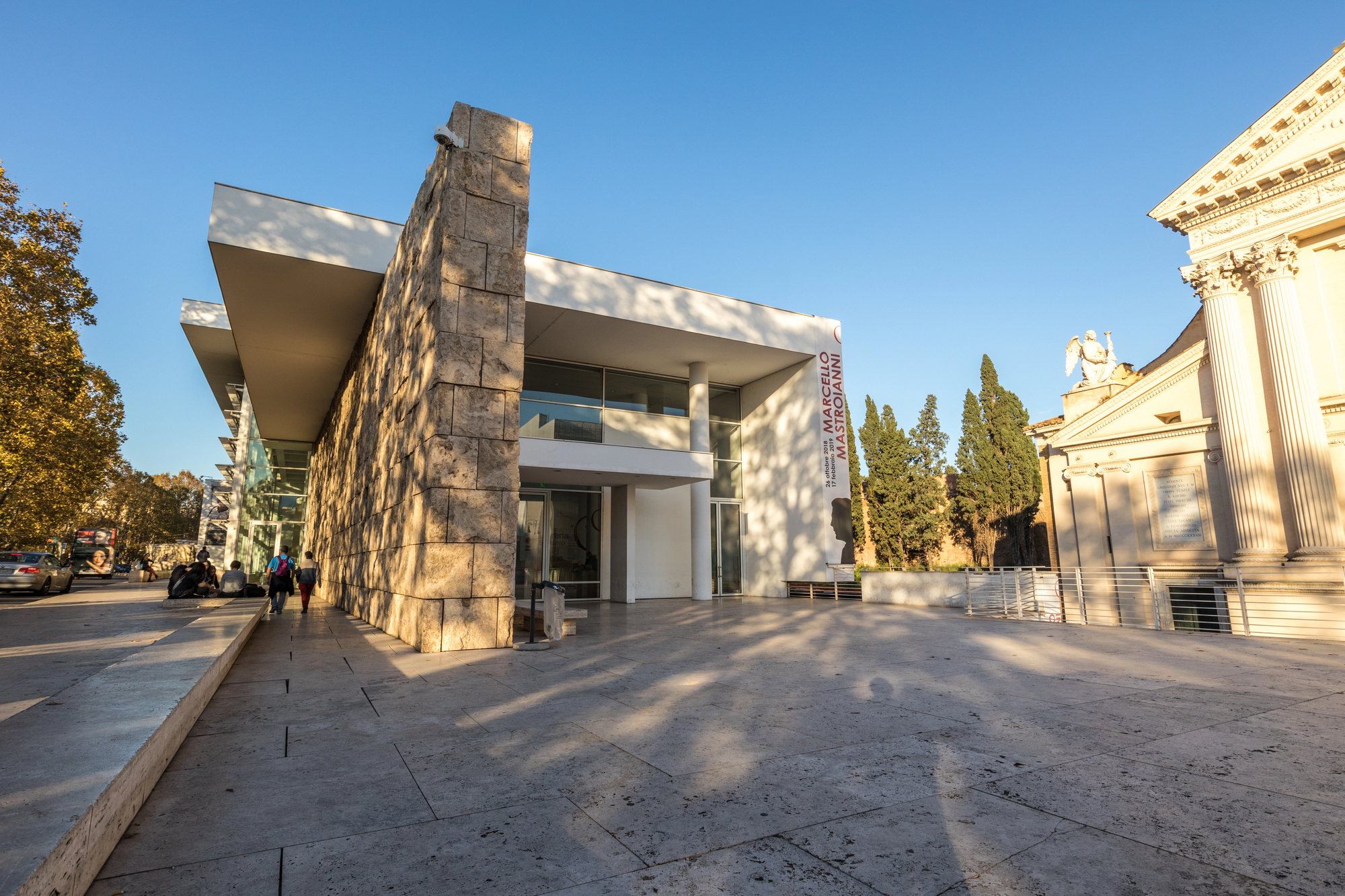
The travertine exterior wall surrounding the ancient Altar of Peace provides a textural journey across time. Originally quarried in the Augustan period, these massive blocks have developed rich surface variations through exposure to Rome’s changing environmental conditions.
Sections show evidence of organic growth, mineral deposits from groundwater, and repair work across different eras, creating a complex visual chronicle of urban environmental changes from antiquity through industrial pollution to contemporary conservation efforts.
Like Travel Pug’s content? Follow us on MSN.
Time’s Indelible Mark
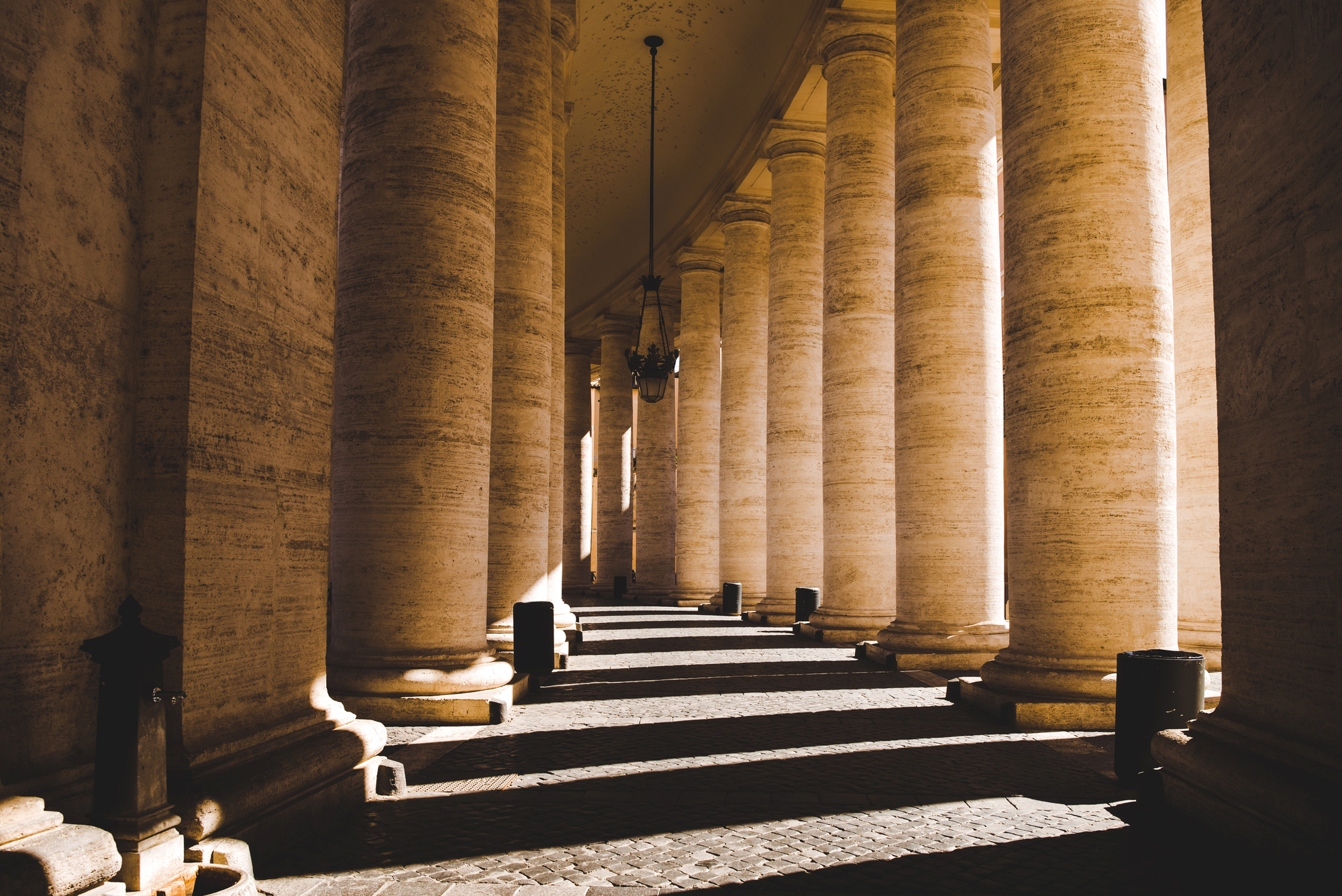
These fifteen locations showcase Rome’s profound relationship with time, where weathering transforms structures beyond their original design into something arguably more beautiful. The city’s textured surfaces demonstrate that true Roman beauty emerges through the authentic aging process—surfaces touched by countless hands, eroded by rain, stained by floods, and marked by generations of daily life.
While modern restoration efforts necessarily preserve critical heritage, these weathered spaces reveal that Rome’s most moving quality may be how gracefully it surrenders to time’s inevitable transformations.3
More from Travel Pug

- Cities Growing so Fast You Won’t Recognize Them in 10 Years
- 13 Destinations Where Tourists Regularly Regret Their Trip
- 20 Obscure WWII Sites Even History Buffs Don’t Know About
- 10 Under-the-Radar Mountain Towns That Are Both Affordable and Beautiful
- Remote Villages in Europe Where You Can Live for Free in Exchange for Work
Like Travel Pug’s content? Follow us on MSN.
